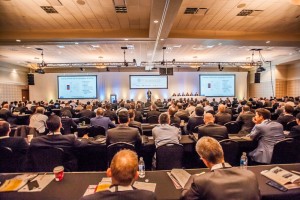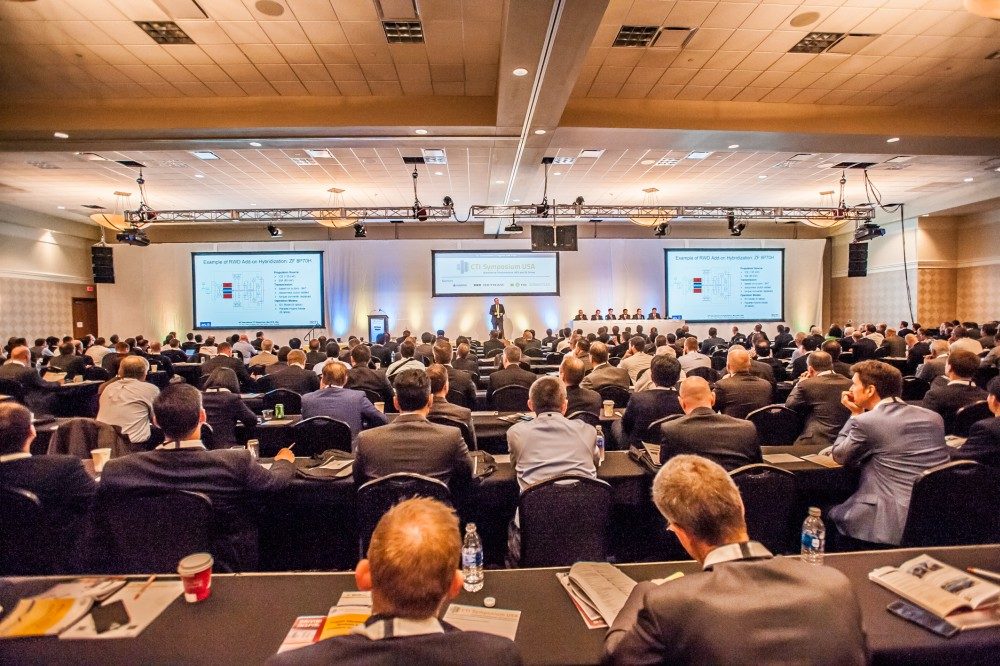CTI Symposium USA Examines Global Transmission Market
Matthew Jaster, Senior Editor
It began with the dinosaurs. There was a PowerPoint presentation with images of the T-Rex, the stegosaurus and the brontosaurus. For a moment, I wasn’t sure I was in the right hall, conference or industry. Dr. Ryozo Hiraku, alliance general manager at Nissan Motor Company, was there on stage, but he was talking about dinosaurs. Dr. Hiraku told the audience that dinosaurs had to change in order to survive. “Dinosaurs grew wings and became birds,” he said. “They evolved.”

Everybody has an opinion when it comes to transmission technology. Some argue that dual clutch systems aren’t meeting expectations here in the United States. Others are hedging their bets on eight, nine and 10-speed technologies. There are also loyalists that strongly feel nothing beats a solid, reliable, manual transmission no matter what engineers bring to the table.
Without a set rulebook or global transmission standards in place, it’s really anyone’s guess what’s going to happen in the next 15 to 20 years. And frankly, it’s the unknown that makes this industry so exciting. In 2007, about 224 delegates came together for the CTI Symposium USA. This time around, 590+ gathered to discuss what North America, Europe and Asia can learn from each other as the auto industry continues its own evolution.
Robert Lee, vice president - engine powertrain and electrified propulsion systems engineering, at FCA US LLC., compared transmission technology today to a lengthy stock car race. In order to thrive in this environment, the automotive industry needs to toe the line between what its customers want versus what they need. His presentation, “Considerations of necessary powertrain technologies in the coming century,” stressed the need for partnerships, collaborations and strong lobbying for rule changes in order to appease both the auto manufacturers and their customers. “We’re going to need to be very good system engineers moving forward,” he commented.

In the manufacturing sessions, Dr. Stephan Weng, COO, Getrag, gave an informative speech on adapting transmission manufacturing to volatile markets while Dr. Andreas Mehr, technology development, gear grinding and shaping, at Liebherr, discussed innovative gear grinding technologies for increased power density. Al Baydu, analyst and software engineer at Smart Manufacturing Technology (SMT), discussed FEA of tooth flank fracture (TFF) using boundary conditions from loaded tooth contact analysis (LTCA).
While nowhere near the size and scope of CTI’s European Symposium (December 5-8 in Berlin), the U.S. Symposium is also evolving. The event featured 65 technical presentations showcasing the latest technologies and product developments, an insightful panel discussion on how engine and electrification technologies will impact future transmissions and 10 plenary speeches highlighting the latest automotive trends.

Car Training Institute (CTI)
Phone: +49 (0) 211/9686-30 00
cti.euroforum.de/en






